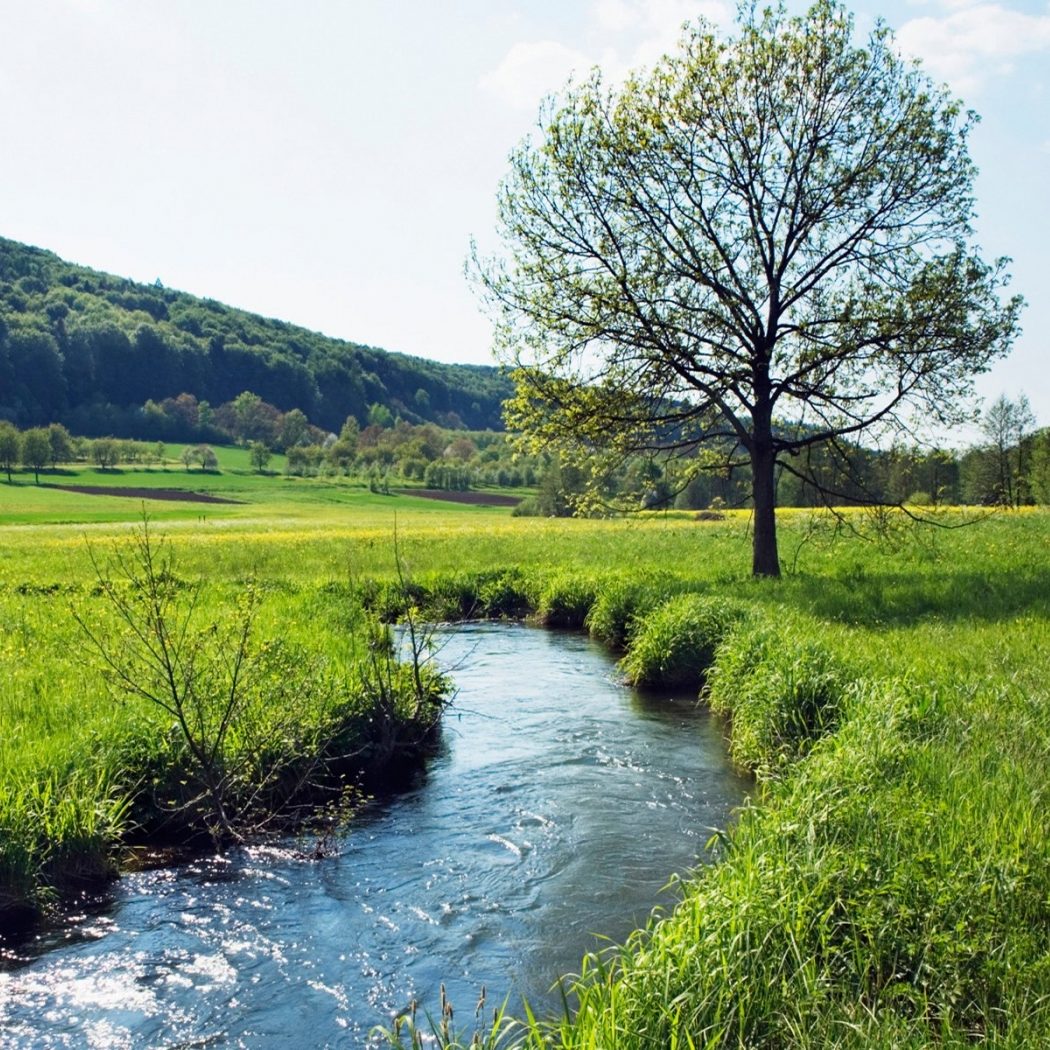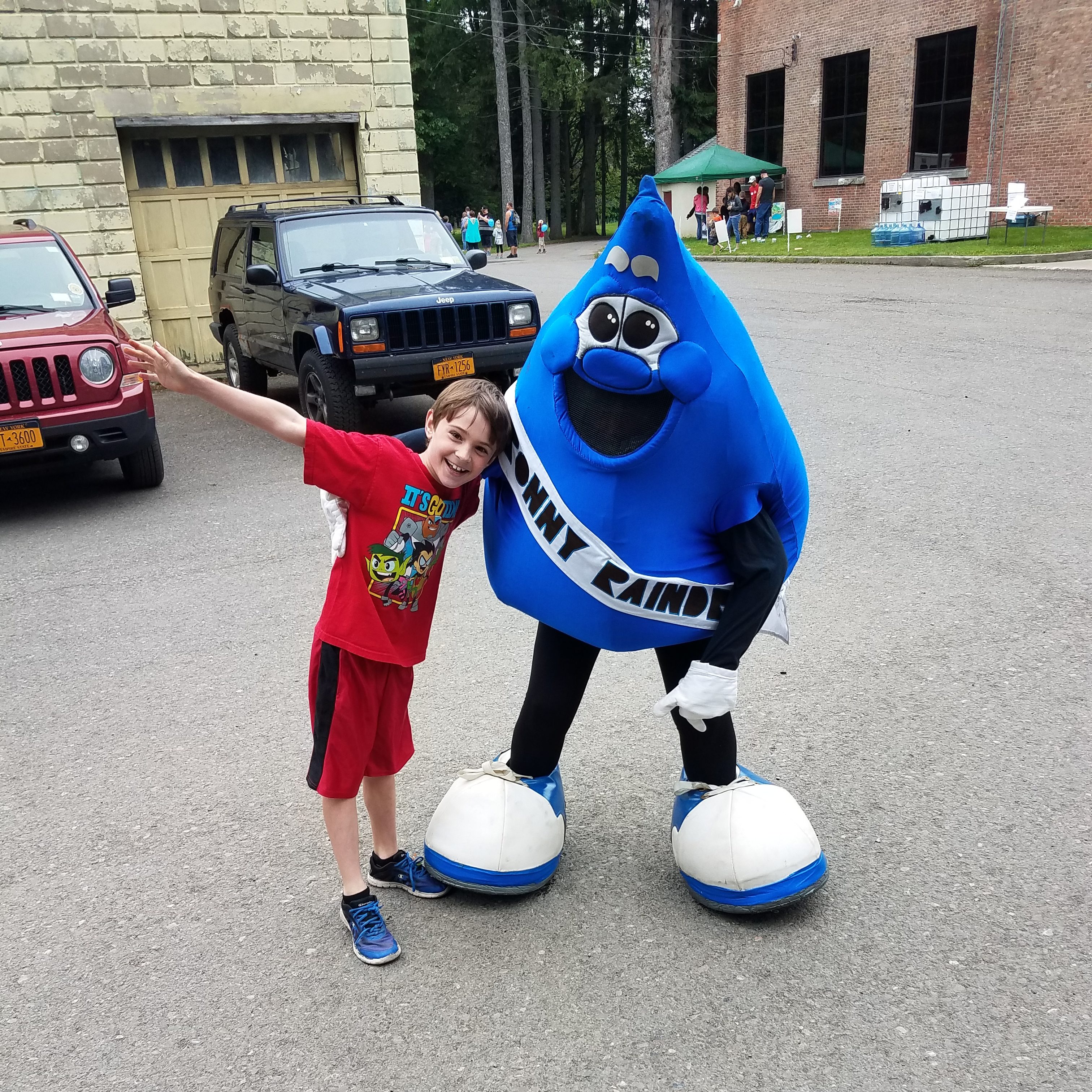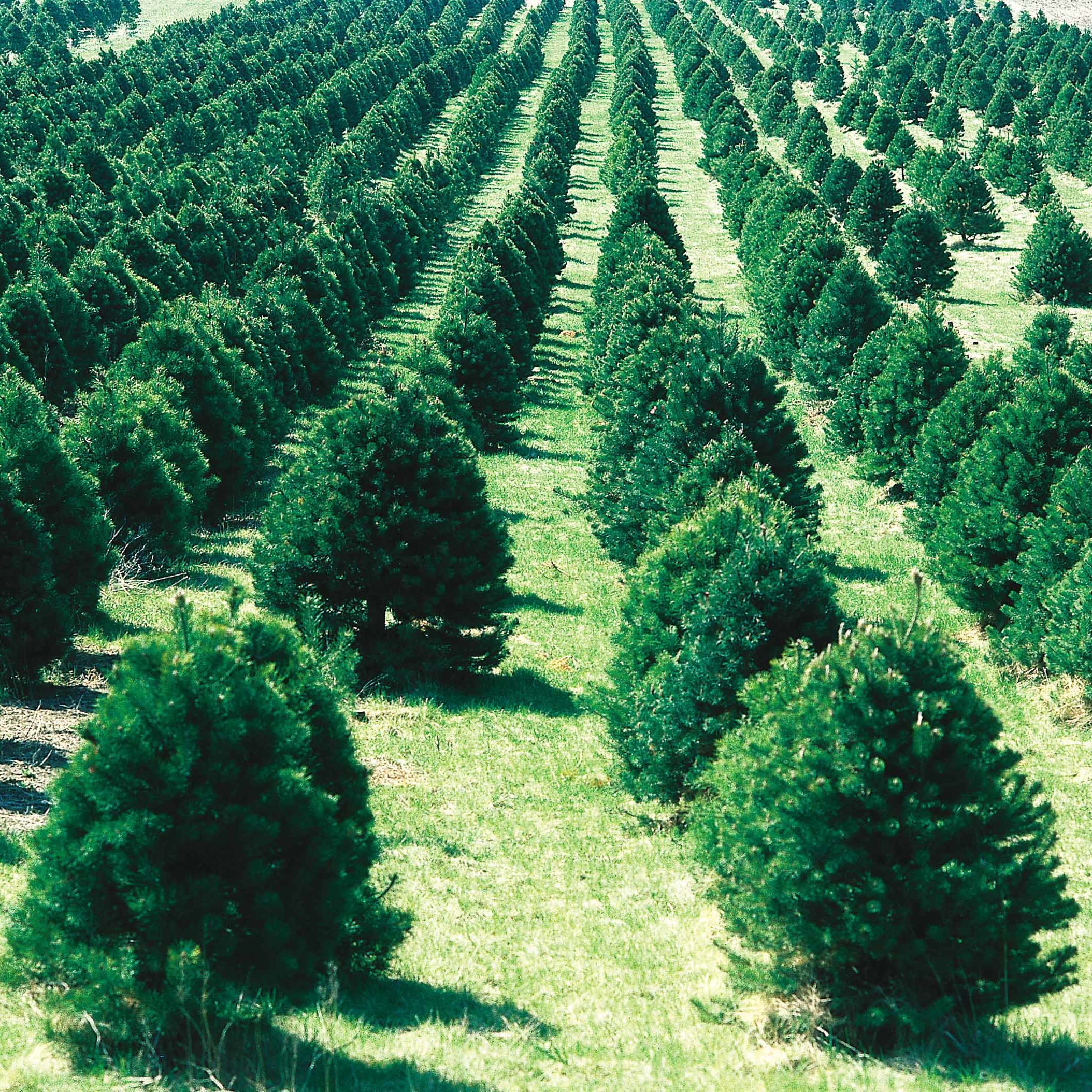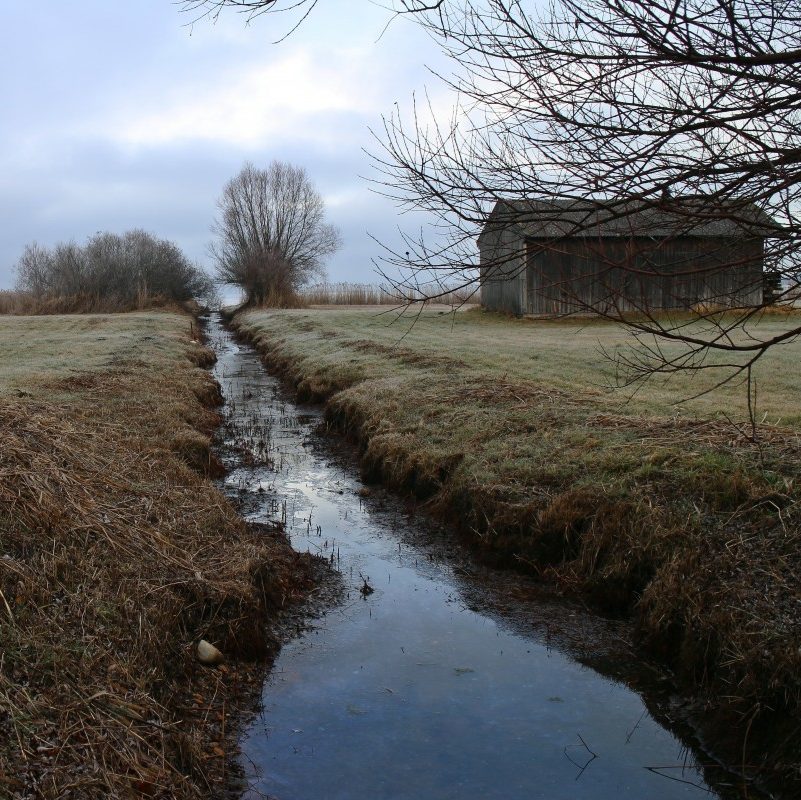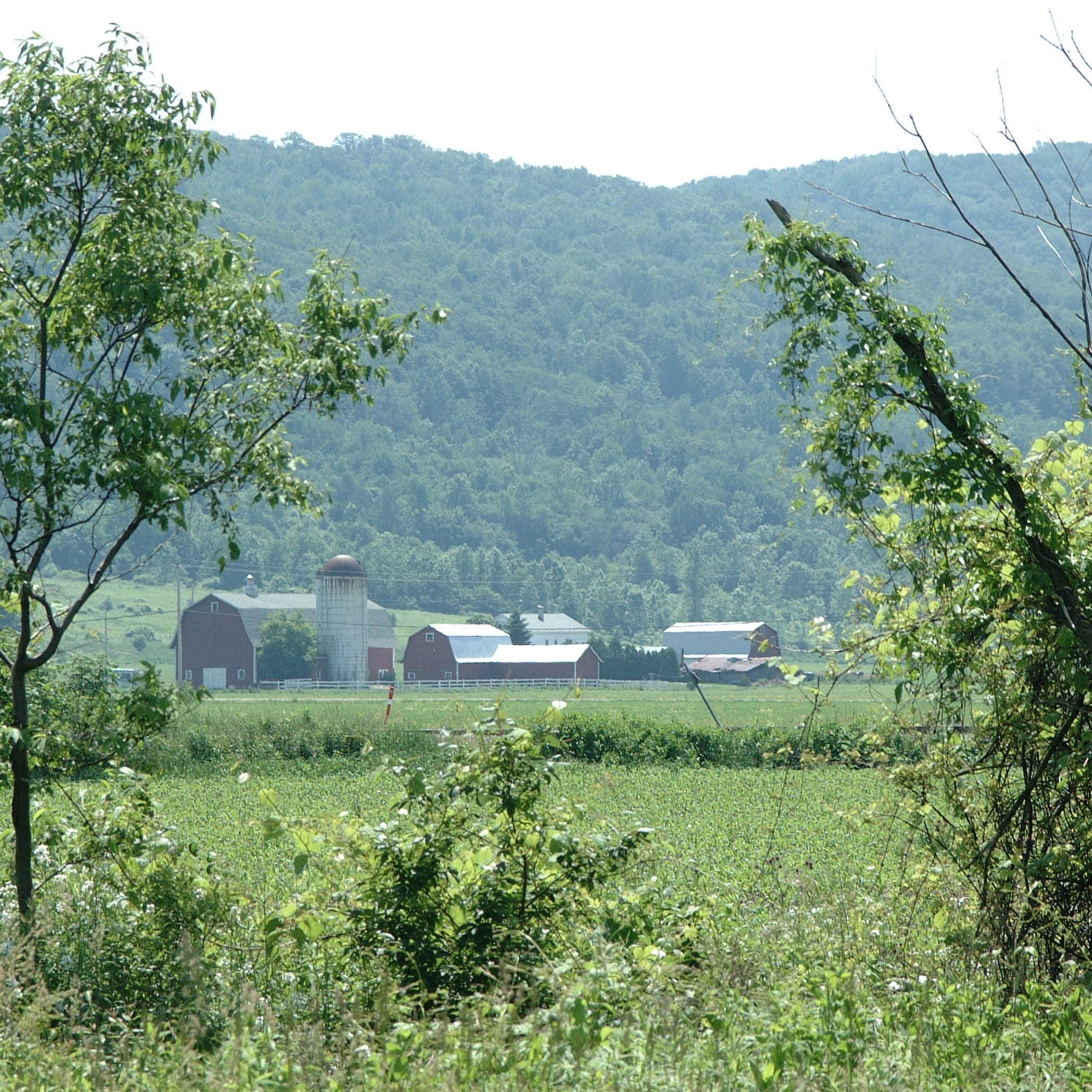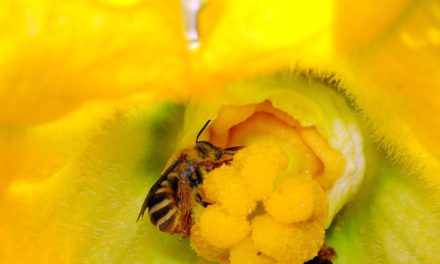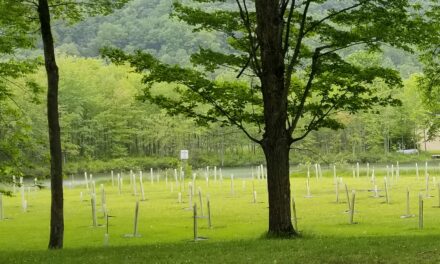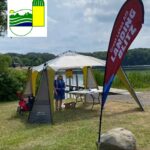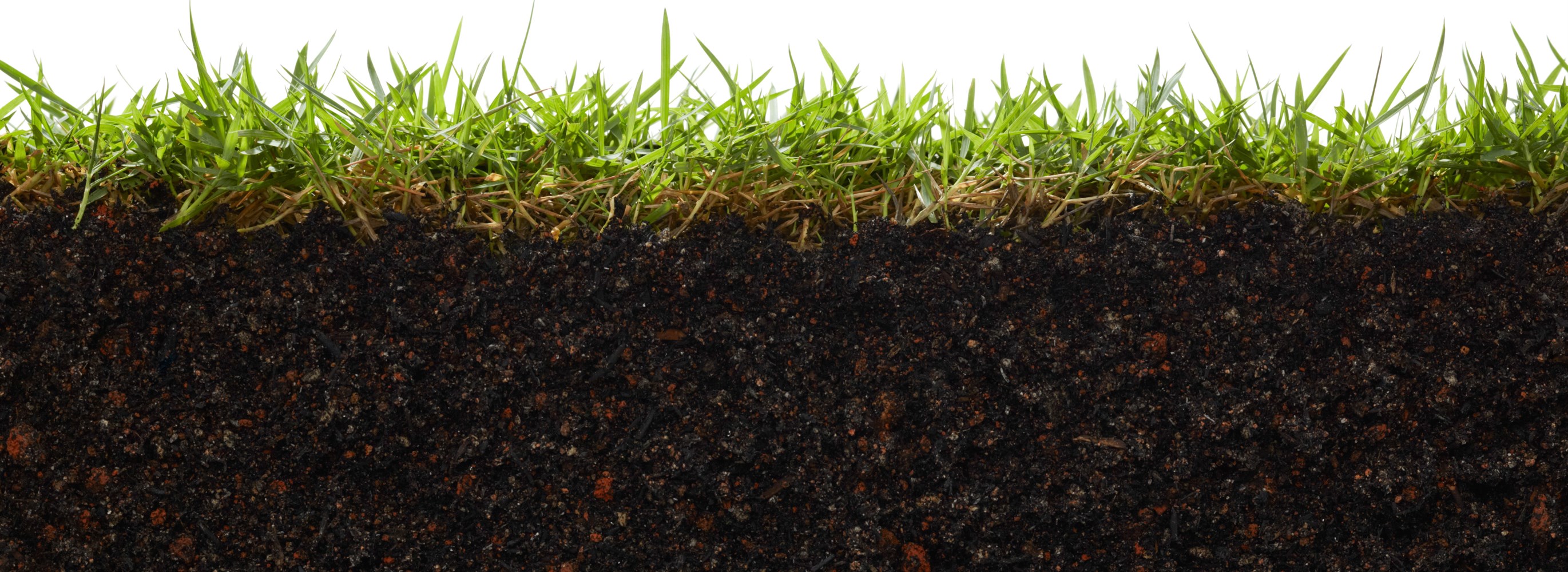Have you seen strange looking algae or “pond scum” floating on your pond or lake? It’s not uncommon for these blooms to appear, especially during the hottest parts of summer. While most algae are harmless to humans, some can be problematic for the surrounding ecosystems, while others can produce toxins. Blooms that can be harmful to people and animals are commonly referred to as harmful algal blooms (HABs).
Blue-green algae, or “cyanobacteria,” are the group of organisms that can potentially produce harmful toxins. These organisms are among the oldest on the planet. They are common throughout the Unites States and occur in marine waters as well as freshwater. Blue-green algae are actually a type of bacteria but, like plants, they use sunlight to grow.
Algae and cyanobacteria are naturally present in most slow moving streams, lakes, and ponds in small amounts. These organisms are usually invisible to the naked eye until they form dense clusters or blooms. Certain types can become abundant and form blooms under the right conditions. These conditions include high nutrient levels, particularly phosphorus and nitrogen, warm temperatures and calm weather.
That’s why blue-green algae are most common in summer. Slow moving water with little turbulence – such as impounded ponds and reservoirs – are at particularly high risk of algal blooms and rapid growth of algae. Algae blooms can float on the surface and be several inches thick or they can lie below the surface of the water. Blooms can disappear from view or move to different parts of a pond or lake.
These algae blooms often have an unpleasant appearance and odor, and can cause a variety of ecological problems. Intense blooms can cause fluctuations in daytime and nighttime water oxygen levels, due to the oxygen produced from photosynthesis during the day and the oxygen consumed during respiration at night. Respiration as well as the decay of the algae, can consume much of the oxygen in the water resulting in dead zones and fish kills. Blooms also block sunlight that feeds plants growing on the bottom of lakes, resulting in the loss of rooted aquatic vegetation, which is valuable fish habitat.
Blue-green algae growth can occur very rapidly. The algae growth can occur below the surface when there is adequate sunlight, and float to the surface on cloudy days or at night, which is why they seem to “appear overnight.” The blooms may look like a floating carpet, turning the water green.
If the water is visibly discolored in this way, or even looks yellow, brown or red, it could be blue-green algae. It may be so discolored that it has a paint-like appearance or paint like streaks in it. This is likely a blue-green algal bloom and may be a HAB. The bloom can last days or weeks depending on conditions.
Some, but not all blue-green algae can produce toxins that cause health risks to people and animals when they are exposed to them. Those blue-green algae that are known to produce toxins do not always do so, and unfortunately little is known about what triggers it.
Because it is hard to tell a harmful blue-green algae bloom from other algae blooms, it is recommended to avoid contact with any floating rafts, scums, and discolored water. When algae are producing toxins, health effects can occur when water is swallowed, through contact with the skin or when airborne droplets containing toxins are inhaled while swimming or bathing.
Symptoms can include nausea, vomiting, diarrhea, skin or throat irritation, allergic reactions or breathing difficulties. Blue-green algae can also produce toxins that affect the liver and nervous systems when water is consumed in sufficient quantities. If exposure is suspected or symptoms occur, medical attention should be sought.
Waters with confirmed HAB should be used with care. The New York State Department of Environmental Conservation has an HAB notification page which maps out the locations of current HAB throughout New York State. For more information go here and for the rest of the summer, be watchful and careful.


